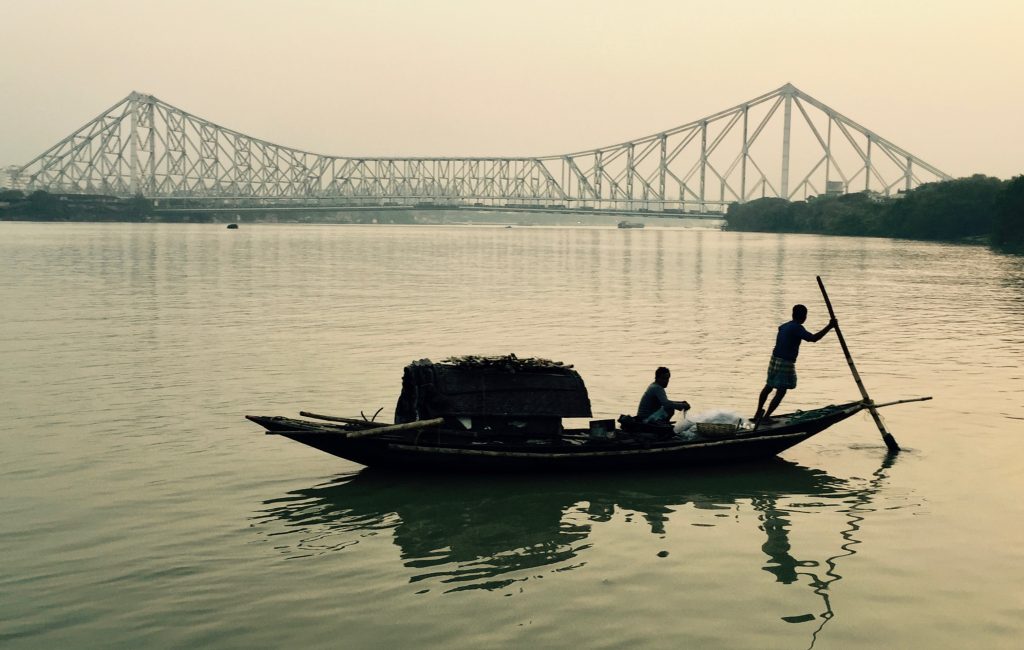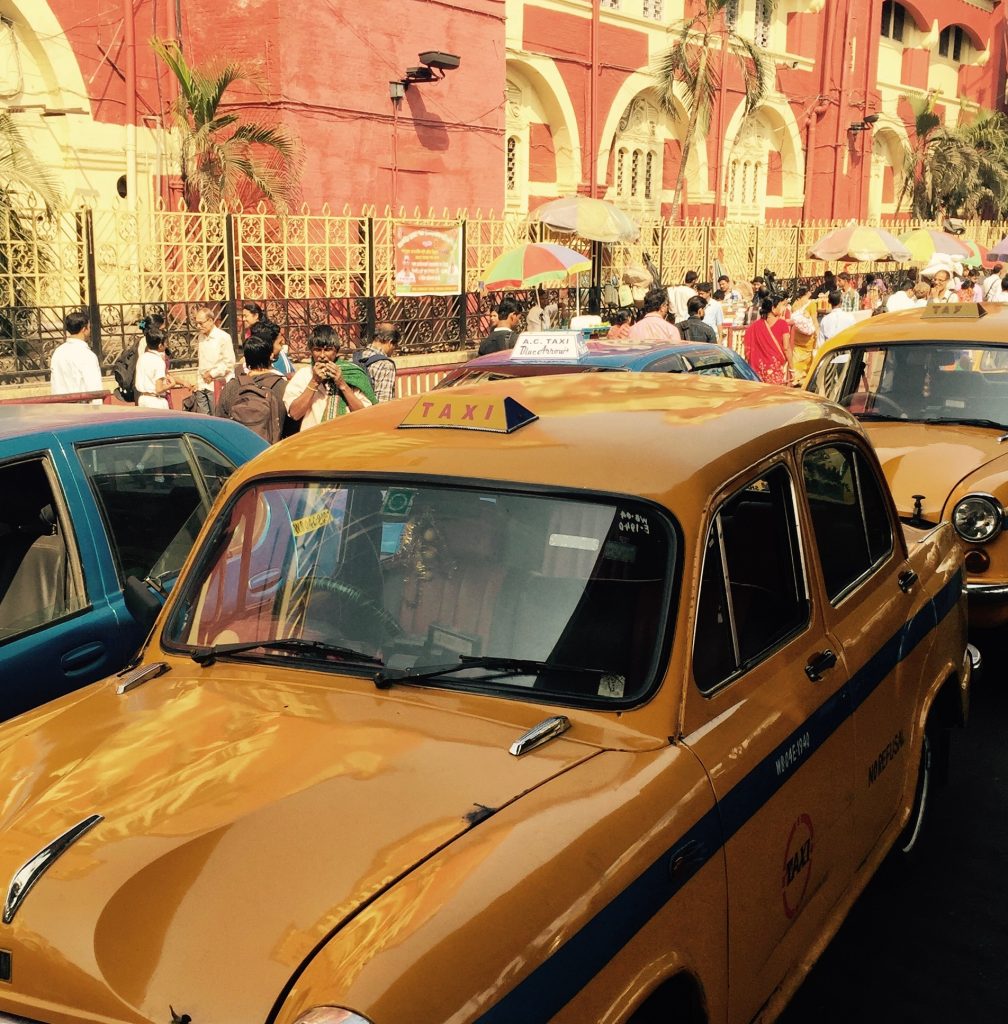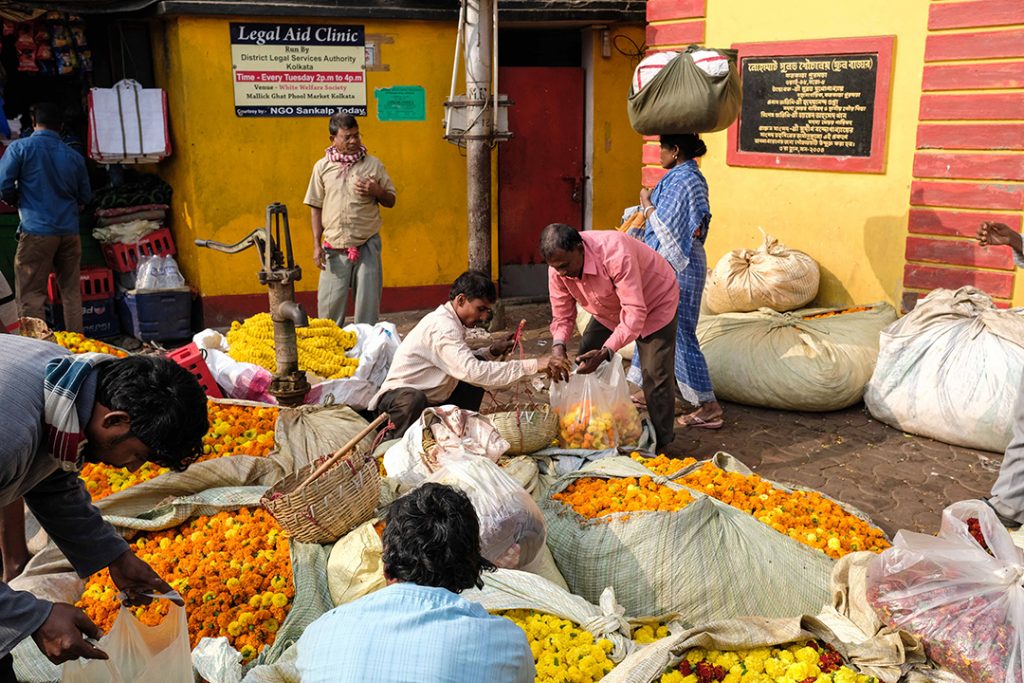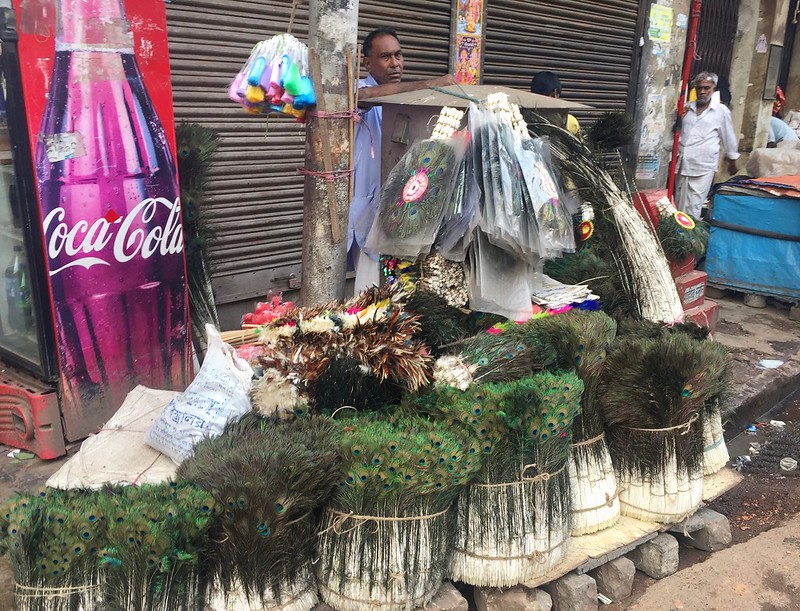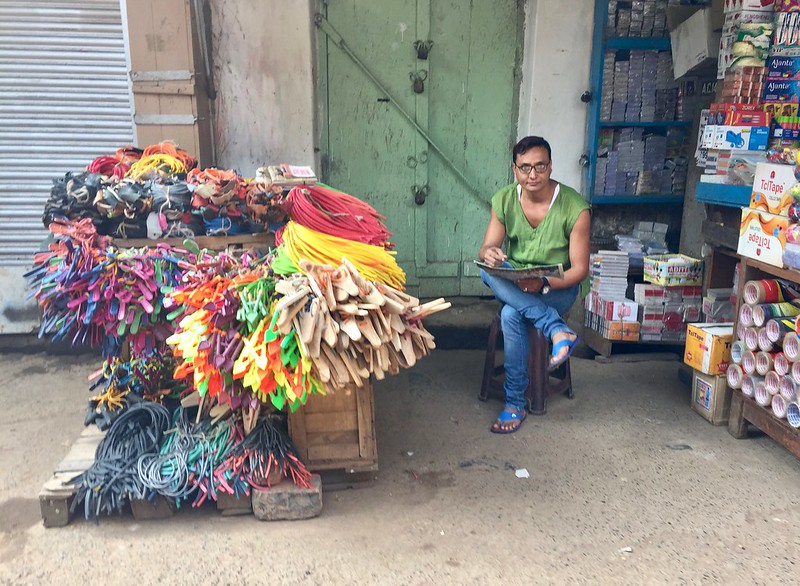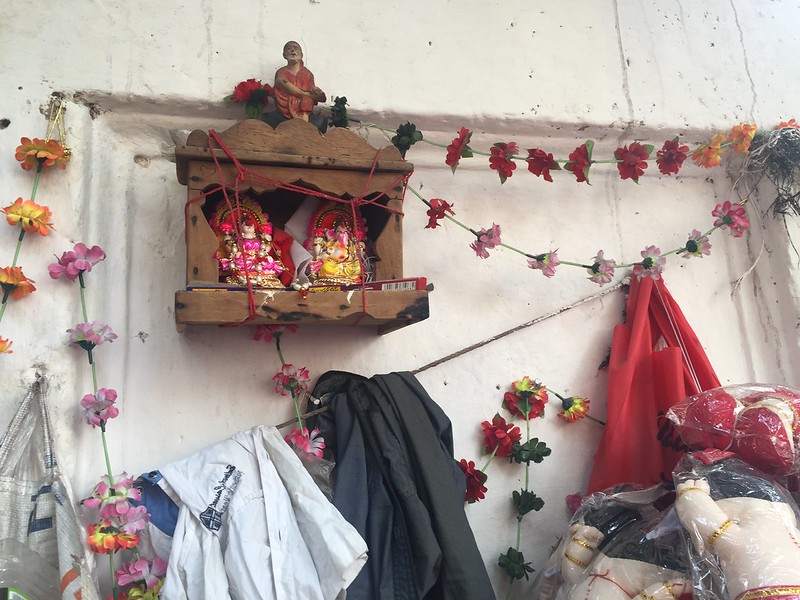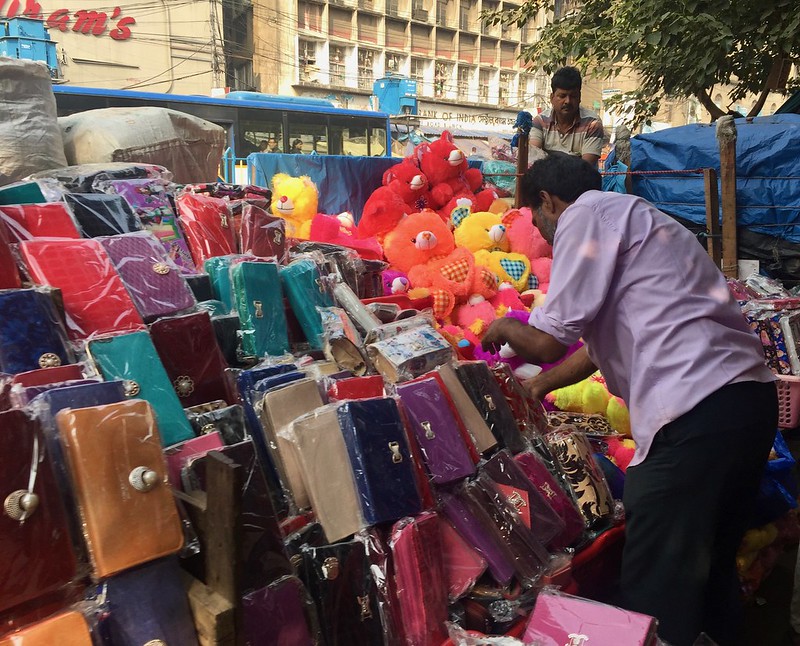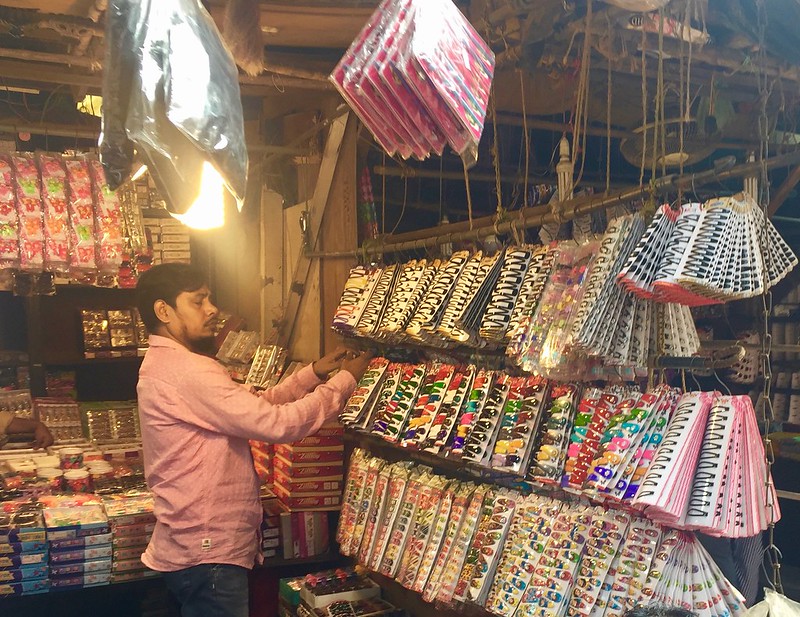Day 9 – Burrabazar & Howrah
Schedule
- 10am: Meet at Foreshore Ghat
- Join students of DPS Howrah in their Clean Ganga Project
- Visit Howrah Station Tour of Rail Museum and a talk on ‘Indian Railways’
- 11pm Night Walk meet Dalhousie Square led by Anthony Khatchaturian
Stay at hotel in central Kolkata.
To book or for more details
Contact: tamali@thinkarts.co.in
Burrabazar, Dalhousie Square and Flower Market – Pranajit Bose
Burrabazar
Once a big centre for trade, this area still boasts of being a confluence of culture. Burrabazar expanded from a yarn and textile market into one of the largest wholesale markets in India. Attracting traders and merchants from all over the world, this area saw several communities make it their home, as is evident from the different places of worship once can see – from the Armenian church, to the Jewish synagogues, the Portuguese church, the Scottish kirk, the Nakhoda mosque and the Chinese temple.
Over the years, Burrabazar has survived Siraj-ud-Daulah setting fire to the market in 1756, the eventual decline of the Bengali zamindari families, the Bengal famine, the partition of Bengal — first in 1905 and then in 1947 — and the eventual decline of the city in the country’s trade economy.
Still a bustling market, the sight of a merchant sitting amidst their wholesale wares and accounts books, is not an uncommon sight. Carts of all kinds can be seen ferrying different things across the marketplace.
Howrah
An industrial town that lies on the other side of the Hooghly is connected to Kolkata by two major bridges – the iconic Howrah Bridge, a cantilever bridge with one end point near the Howrah station, and Vidyasagar Setu, a cable-stayed bridge with one endpoint near Shalimar station, connect the two cities. Both the bridges are counted among the longest ones in the world within their types.
Traversing through the flower market and other markets for fish and fresh vegetables, one can also take a Ferry from one end of the Howrah bridge to get to the railway station.
Established in 1854, the railway station here is the largest railway complex in India and the busiest. One can see hundreds of coolies in their red uniforms moving with luggage of all sizes and passengers rushing to catch taxis, buses, ferries and rickshaws.
Once a bustling centre of jute and papers mills and manufacturing units, the town attracted hundreds of people but the infrastructure did not develop accordingly, leading to the creation of several slums in that area. A short walk brings us to Pilkhana, which is written about in the best-seller City of Joy. There are several NGOs working in this area towards development and betterment of the slum, including Tara school that provides quality education to the underprivileged children. Walking through the huge collection of freshly made earthen cups, the school which is said to have once been a gun powder storage area, we reach the ghat where children can be seeing dancing and performing acrobatic marvels.
Across the river one can see the docks of Kidderpore.


